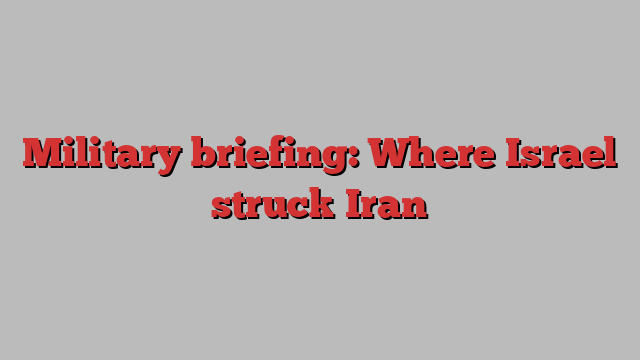
Iran has cast Israel’s strikes on Saturday as a failed attack largely fought off by its air defences, causing minimal damage. Israeli officials, meanwhile, lauded a path-breaking air assault on their arch foe.
It is clear that Israel’s first open attack on Iran, with tacit US support, has set a historic precedent and could start a new phase of conflict in the Middle East if tensions are not contained, analysts and former Israeli and US officials said.
“Israel has said that if needed it will attack directly again,” Zohar Palti, a former senior official in Israel’s Mossad intelligence agency and the defence ministry, said. “A psychological barrier was broken this weekend . . . if Iran continues to push it [and retaliates once more] I don’t know where Iran will end up.”
About 100 Israeli aircraft took part in the operation, which followed weeks of anticipation over how the country would retaliate for Tehran’s October 1 missile barrage on Israel.
This was a “complex and serious operation”, said one former US defence official.
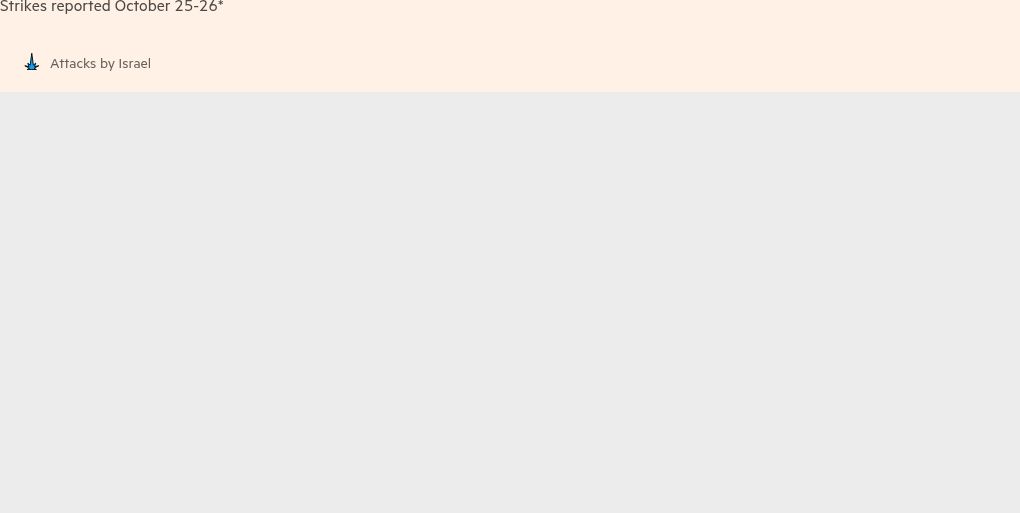
The former official speculated that the Israeli assault was likely to have consisted of advanced F-35 stealth fighters initially hitting air defences in Syria and inside Iran.
This created an “air corridor” that paved the way for heavier F-15 and F-16 fighter bombers carrying larger munition loads against additional targets. Supporting them were air-to-air refuelling and C-2 “command and control” aircraft.
The targets, according to a person familiar with the operation and other media reports, included Iranian air defences, especially around Tehran and those protecting energy facilities in the provinces of Ilam and Khuzestan.
“I would have anticipated a hairier resistance from Iranian air defences, which are pretty layered, and the [Russian-provided] S-300 is a pretty capable system — enough to give pause to any commander sending airborne assets into its vicinity,” the former US defence official said.
In addition, Israel also struck military bases such as Parchin and Khojir, which housed missile production sites including sophisticated planetary mixers used to produce solid-fuel for long-range missiles, as well as a drone factory, according to satellite imagery and people with knowledge of the Israeli operation.
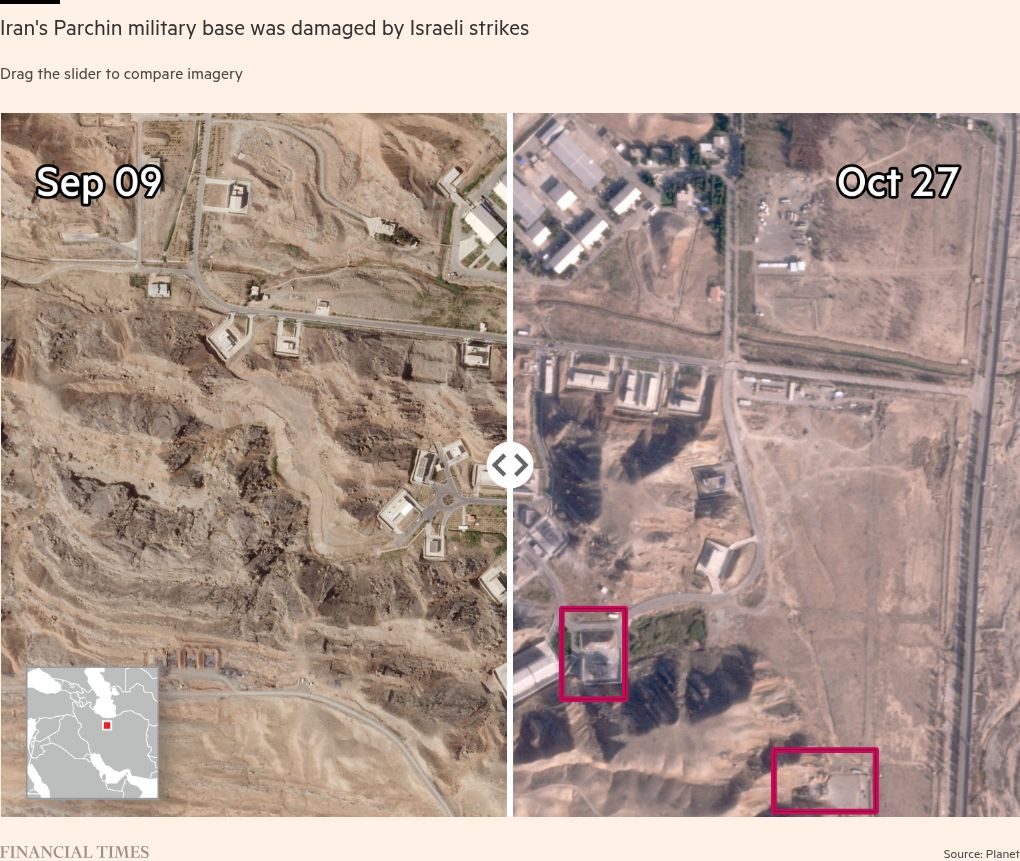
While explosions were reported in some of these areas on Saturday, Iran has downplayed the damage and only acknowledged that four military personnel and a civilian were killed.
“The other side [Israel] is certainly exaggerating its accomplishments . . . Israel suffers from a form of ideological narcissism,” said a senior Iranian official.
Ali Akbar Ahmadian, Iran’s top security official, said on Monday that although Israel “boasts so much” about its operation “the power and strength of the Islamic Republic of Iran remain intact”.
Israeli officials have only spoken about the operation in vague terms, but Prime Minister Benjamin Netanyahu on Sunday said the assault caused “severe damage” to Iran’s missile production and air defence capabilities.
“Tehran is a lot more vulnerable today than it was on Friday night,” said Palti, the former security official, insisting that “70 to 90 per cent” of the Iranian capital’s air defences were taken out.
As demanded by US President Joe Biden’s administration, no energy or nuclear facilities were targeted. All of the Israeli aircraft returned to their bases unharmed, the Israeli military said.
But a person familiar with the operation said the attack could not have happened without the US’s help, describing it as the first “joint offensive operation” conducted by Israel and the US — a point Washington has strongly denied.
“There was absolute co-ordination with the US. You can’t go over Syria and Iraq without them, they control that air space,” the person said.
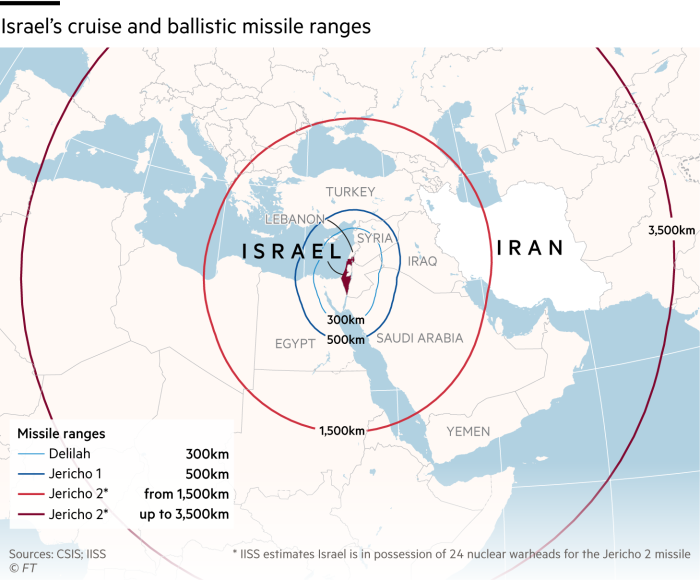
Naysan Rafati, an Iran expert at the International Crisis Group, said Israel’s targeting “seems to have been focused on two kinds of areas: stifling Iran’s ability to produce military capacity for future operations, and weakening the protective layer of defence around sensitive targets”.
“Put simply: blunting both the offensive and defence capabilities of the Iranian government should there be a future round,” he added.
How quickly Iran can repair and replenish the systems damaged is now the central question, analysts said. Rafati cautioned that Israeli estimates on the impact of past unclaimed attacks on Iran’s nuclear programme were “a little optimistic”.
Air defences and planetary mixers are sourced from Russia and reportedly China, respectively. “It’s unclear whether Iran has domestic capacity to replace them and how quickly their foreign backers will replenish them,” he added.
Iranian Air Defence systems at work east of Tehran 🇮🇷 pic.twitter.com/mwsmM14m27
— 𝐄𝐡𝐬𝐚𝐧 𝐒𝐚𝐟𝐚𝐫𝐧𝐞𝐣𝐚𝐝 🇮🇷🇵🇸 (@Safarnejad_IR) October 26, 2024
Israeli officials in recent days have intimated both privately and publicly that beyond the direct damage their jets caused over the weekend, the main strategic focus is on the potential of “future rounds” of direct fire with Iran.
“We have used only a portion of our capabilities, we can do much more,” Israeli military chief Herzi Halevi said on Sunday. “We struck strategic systems in Iran, which carries great importance, and we will now see how things develop.”
There are already discussions in hawkish Israeli and US defence circles about the prospect of Israel — or even the US — striking Iran’s nuclear programme in the coming months, during the “lame duck” period after the US presidential election.
Many have long argued against trying to strike Iran’s hardened underground nuclear facilities, saying that Israel lacked the advanced US-provided airborne refuelers and bunker-busting “ordnance penetration” to succeed.
But the weekend’s attack has emboldened some to say Israel should use the opportunity to inflict even greater damage.
“If the Israelis were widely successful taking out Iran’s air defences then is there bandwidth for them to do more, and for [Biden] to give them a green light?” the former US defence official said.
“They were just able to carry out . . . this long-range strike operation without our refuellers. They still need heavy bombs, but if the air space isn’t contested [over Iran] then the Israelis may be able to take a few swings at it.”
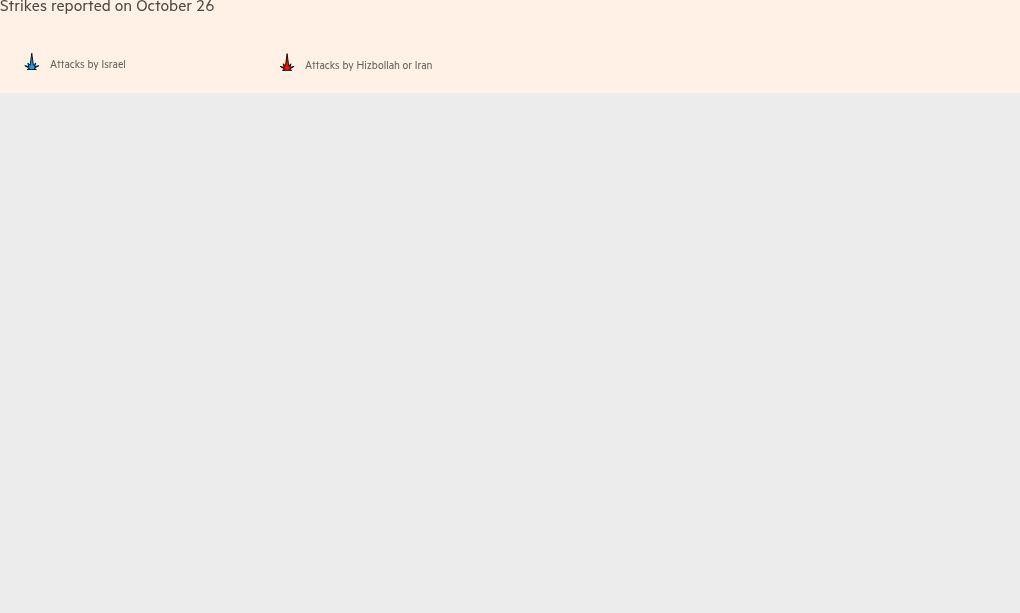
For now, both Iran’s supreme leader Ali Khamenei and Netanyahu “feel they have come out on top,” said one reformist Iranian analyst who requested anonymity.
“Israel wanted to demonstrate its capability to strike Iran . . . [but] targeted their objectives with considerable restraint,” the analyst added. “Public opinion in Iran is also relieved, feeling that, for the moment, we have avoided the risk of a major conflict.”
Khamenei has so far signalled a measured response to the Israeli strike, saying that “the viciousness of the Zionist regime should neither be overestimated nor underestimated”.
Israeli officials, at least publicly, have said their primary focus remains on defeating Iran-backed Hamas in Gaza and Hizbollah in Lebanon — but that Tehran needs to tread carefully from now on.
“The strategic message to Iran is that you can’t hide behind Hizbollah, Hamas and the other proxies any more,” Palti said. “A shadow war is one thing, open war is another thing entirely.”
Cartography by Steven Bernard and Jana Tauschinski; satellite visualisation by Alan Smith